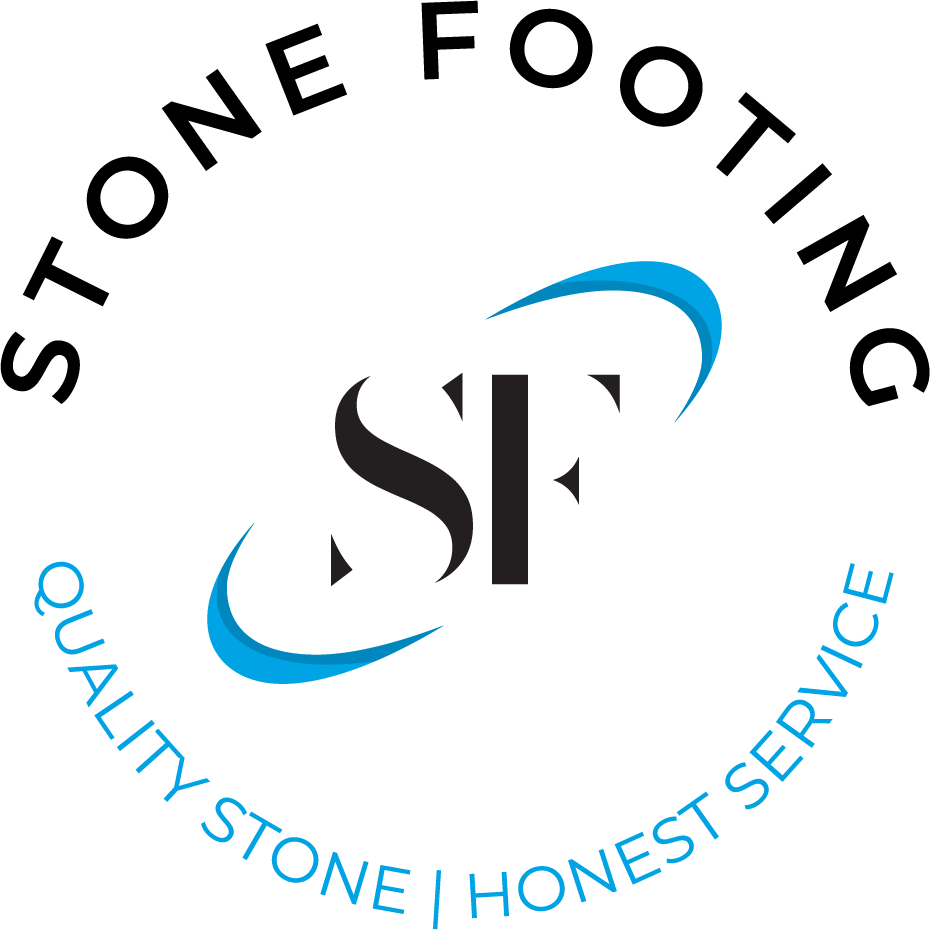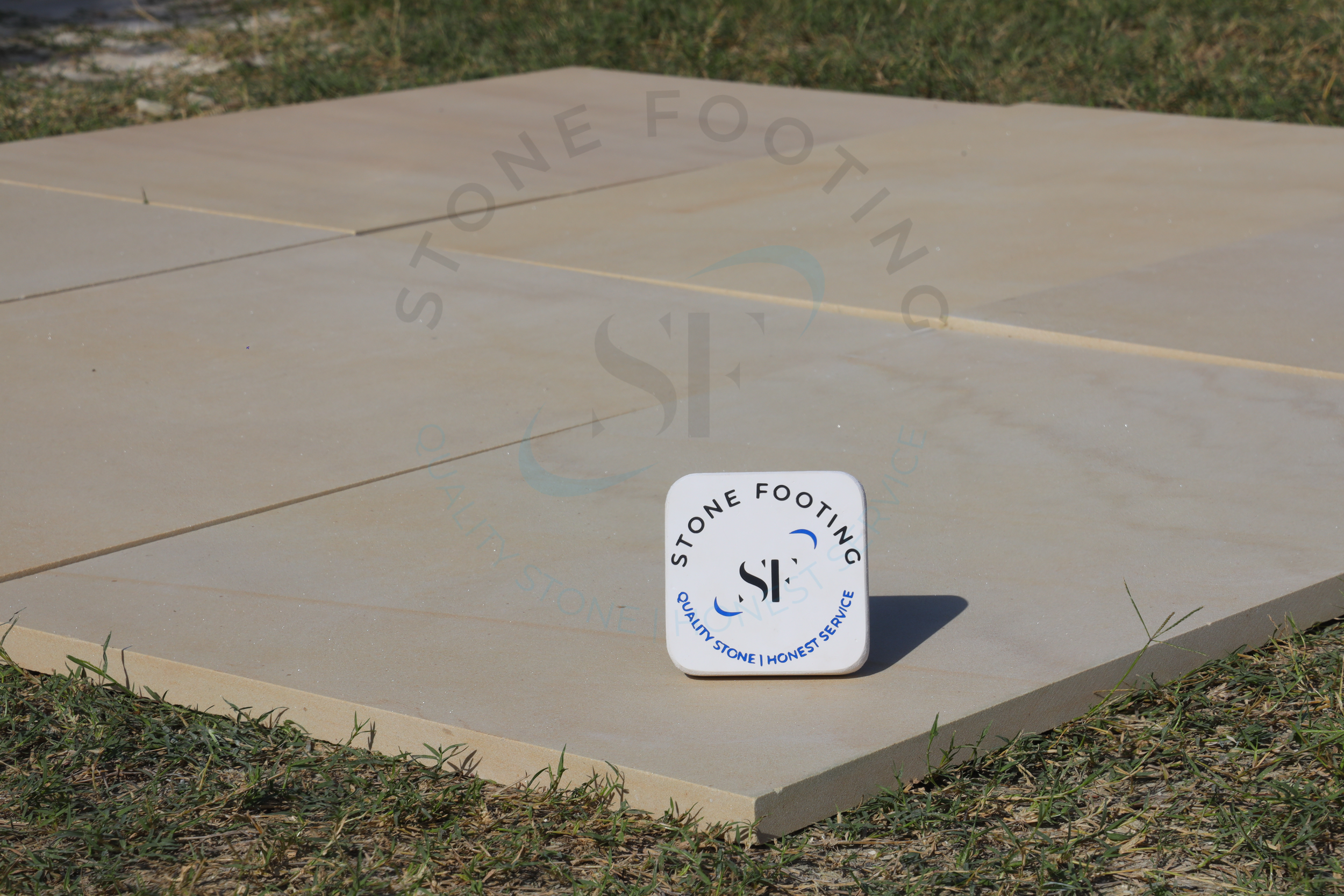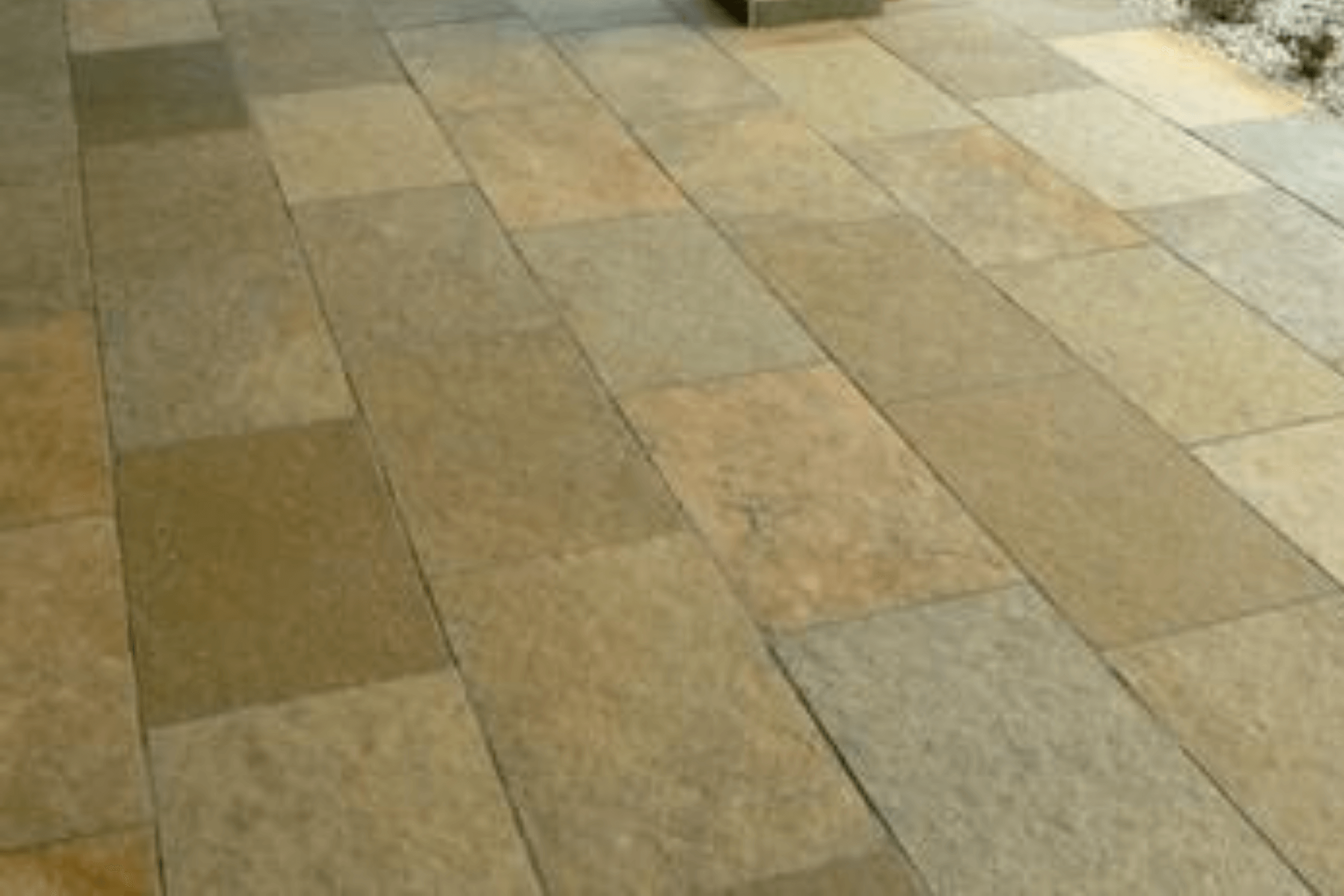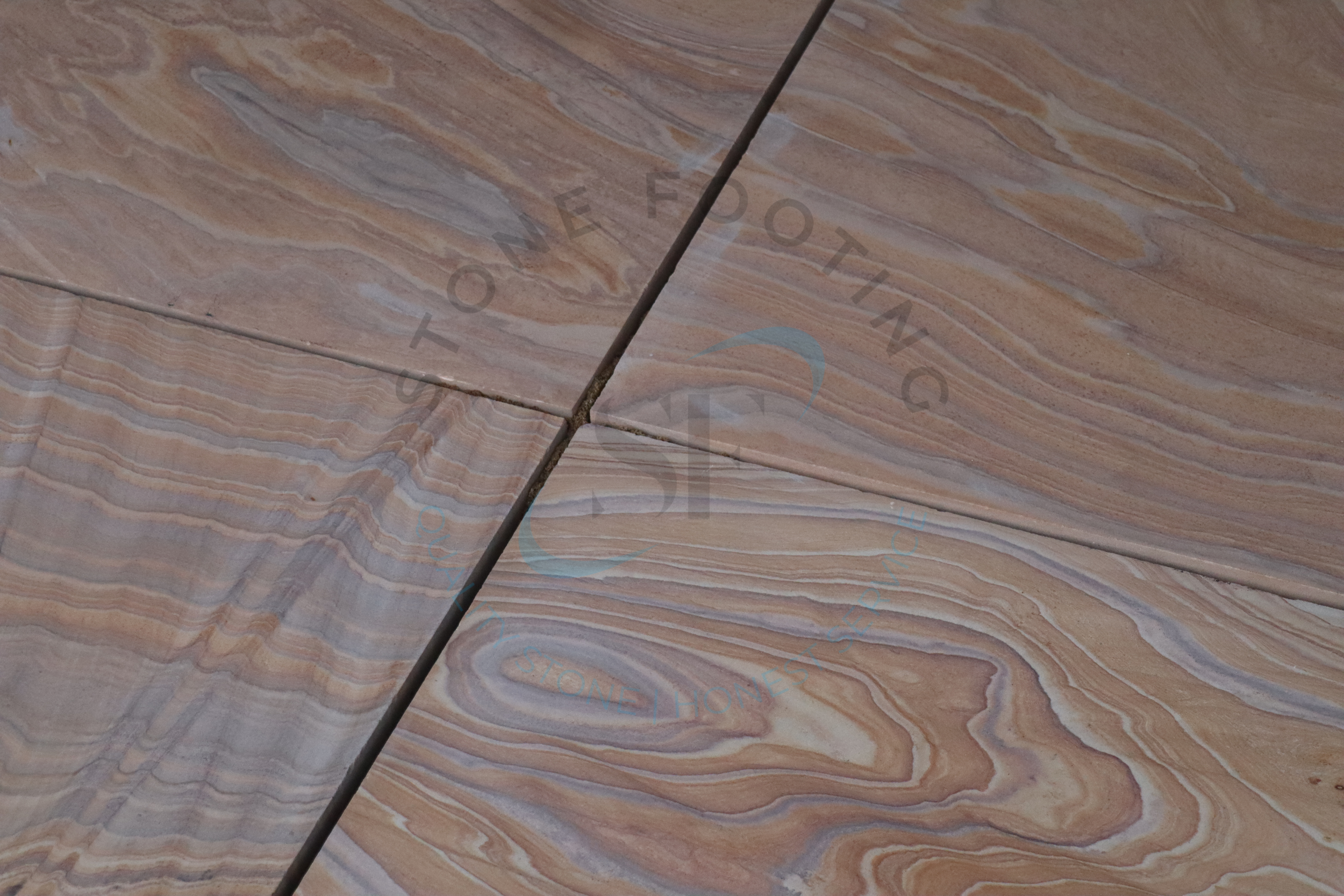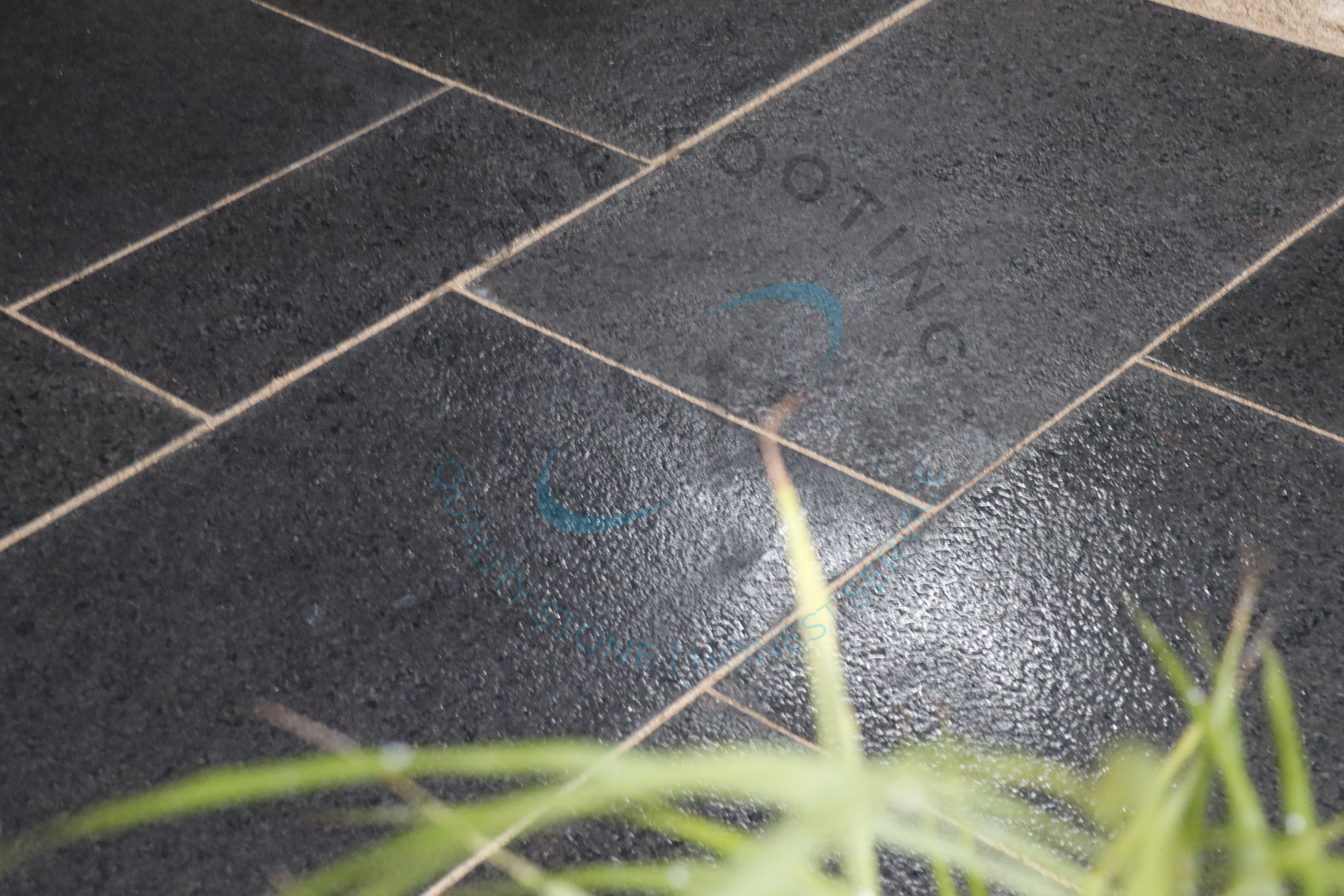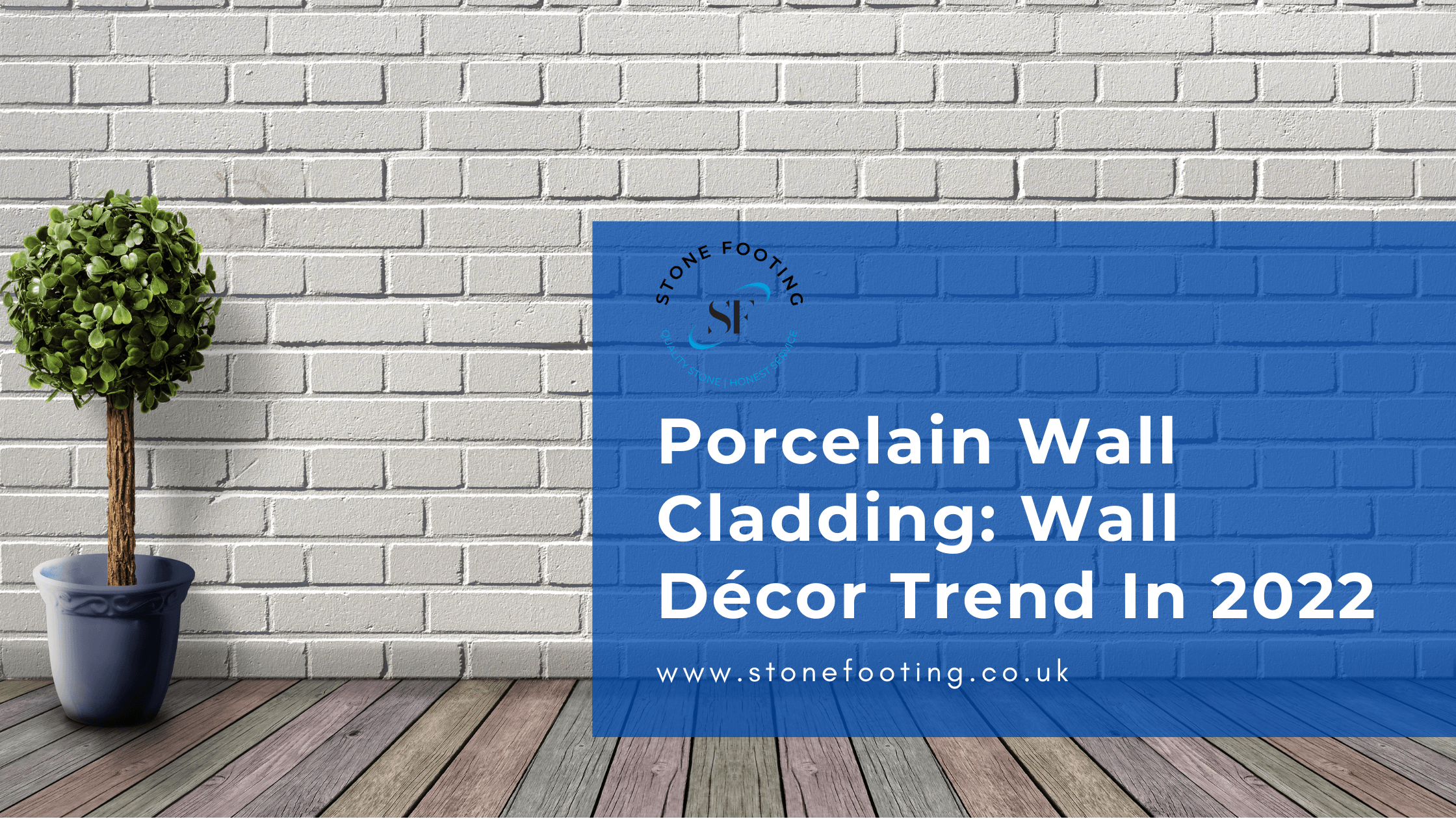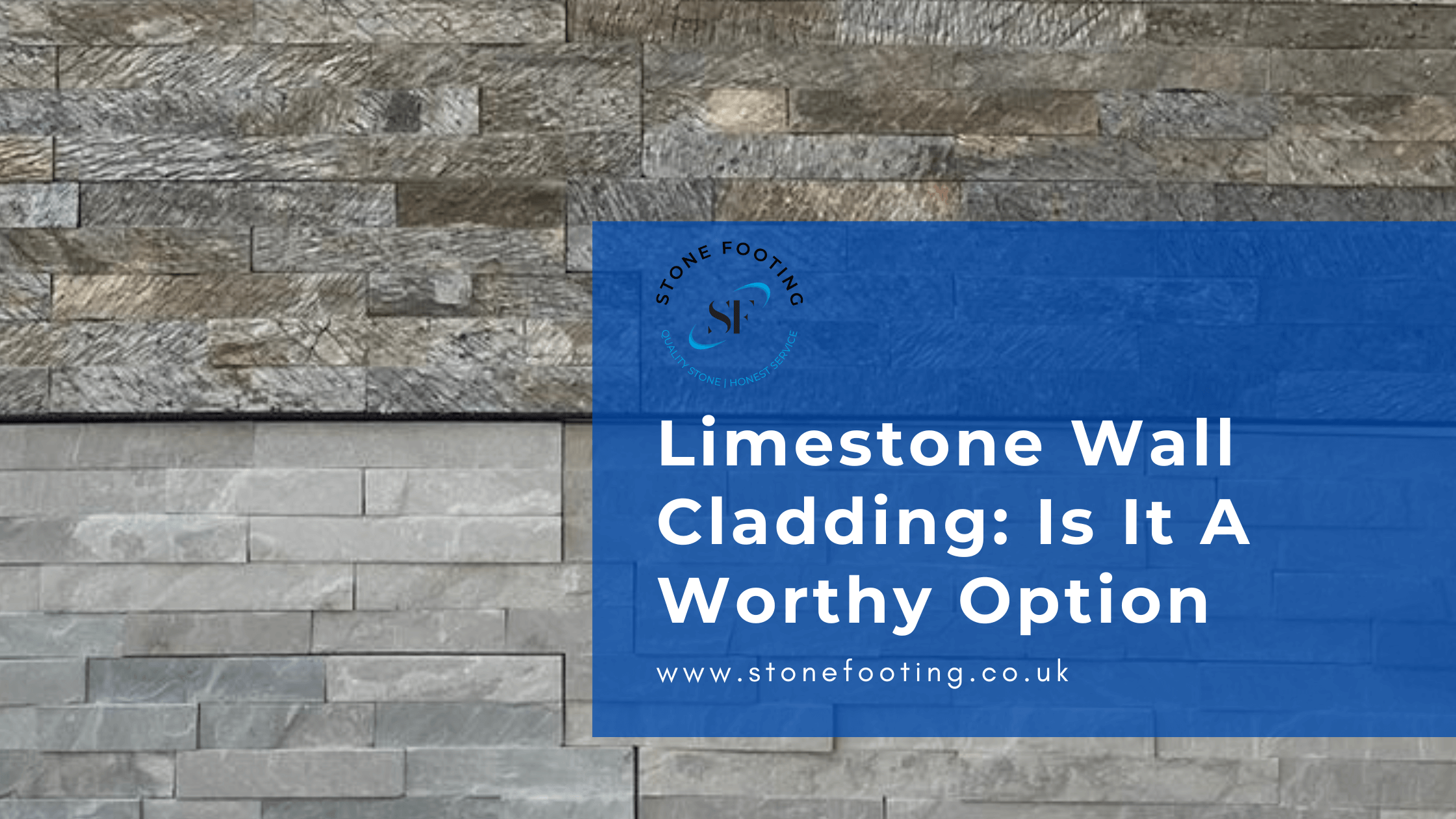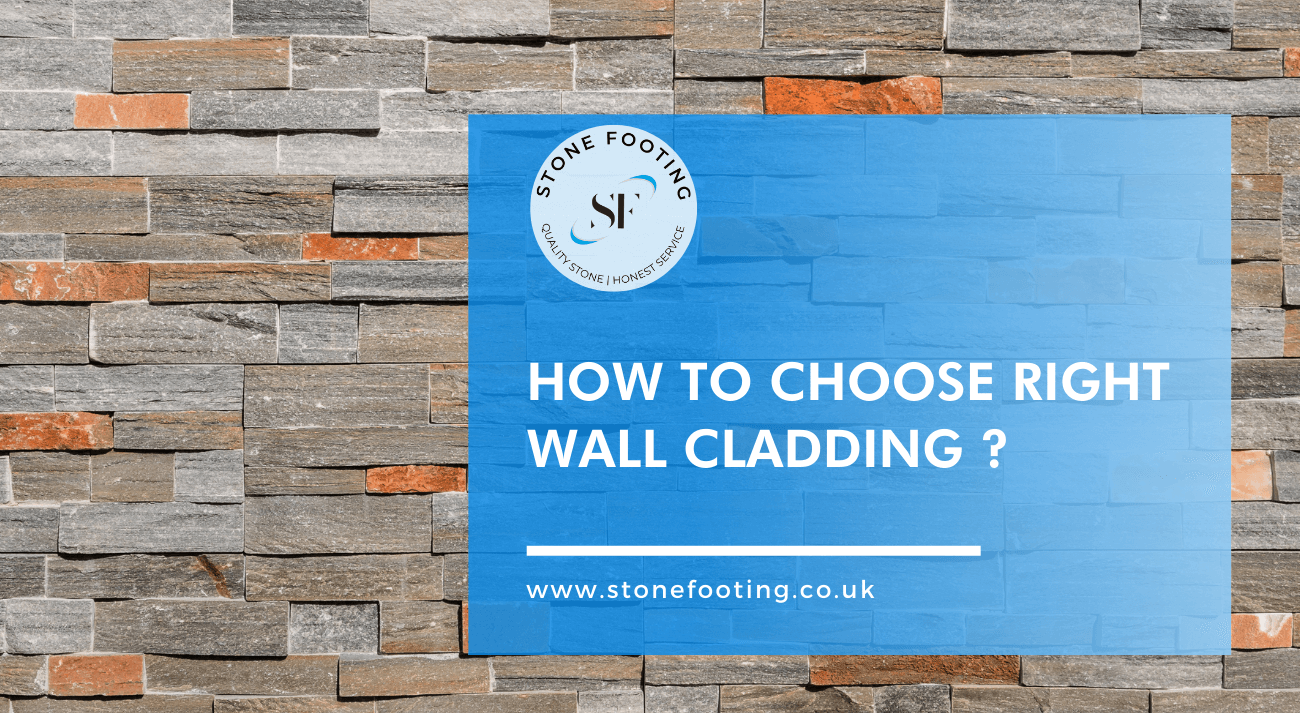Sandstone Cladding : Ideal for Both Internal & External Use
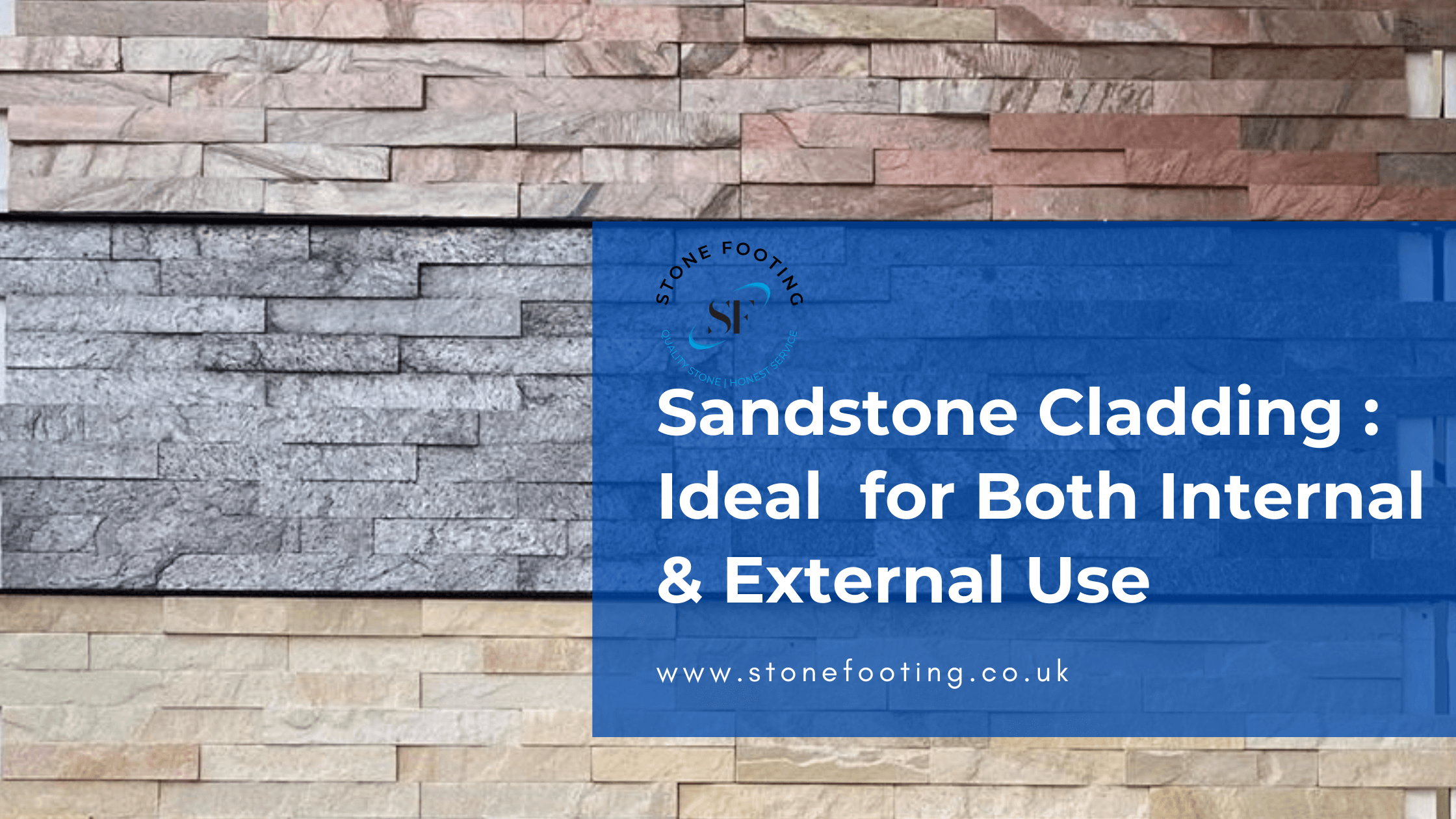
Sandstone cladding are natural, low maintenance cladding products that can be used inside the home – such as in a kitchen, dining room or living room – or outside in a front garden or on an exterior wall. Today popular choices are opting for stone cladding or brick cladding to look different, but is sandstone cladding the right choice for you?
Is Sandstone Cladding an ideal choice?
Sandstone cladding is a popular building material that can be used for both internal and external applications. It is highly durable and low maintenance, making it an ideal choice for busy households. Sandstone cladding is also easy to clean and can be resistant to stains, making it the perfect material for high-traffic areas such as kitchens and bathrooms.
Sandstone cladding can also provide excellent insulation against both heat and cold, making it an ideal choice for homes in both hot and cold climates. It is also a very eco-friendly material, as it is made from natural stone that is sourced from sustainable quarries.
Advantages Of Choosing Sandstone Cladding
Sandstone cladding is an increasingly popular choice for both internal and external use in commercial and residential buildings. Here are some of the advantages of choosing sandstone cladding:
Aesthetics: Sandstone has a natural beauty that can enhance the look of any building. Its warm, earthy tones add to the overall aesthetic appeal of a property.
Durability: Sandstone is a very durable material, making it ideal for cladding. It is resistant to weathering and wear, meaning it will continue to look good for many years.
Flexibility: Sandstone cladding can be used in a variety of ways, both internally and externally. It can be used on walls, floors, driveways, patios, and more.
Affordability: Sandstone is a relatively affordable option compared to other materials such as stone or brick. This makes it a great option for those on a budget.
Disadvantages Of Choosing Sandstone Cladding
Sandstone cladding has been in use for centuries and can be seen in many buildings throughout the world. It is a popular choice among homeowners, architects and builders alike. However, there are some disadvantages associated with sandstone cladding that should be considered before making a decision on whether or not to choose this type of cladding for your home.
Weight: The main disadvantage of sandstone cladding is that it is very heavy, meaning that you will need to make sure that your structure is strong enough to support this weight.
Cost: Another disadvantage of sandstone cladding is that it can be quite expensive. This means that if you have a lot of money to spend on your home, then perhaps you should consider another type of building material instead.
Look And Feel: One more disadvantage of sandstone cladding is that it does not look very good when it has been damaged in any way. If your house was damaged by a hurricane or earthquake, then this could mean that you would have to replace much more than just the wall itself!
Moisture Resistance: Sandstone is a porous material, which means that it absorbs moisture from the air and then releases it. The more porous the stone, the more moisture it can absorb and release. This makes it very easy for mold, mildew and other organisms to form on sandstone cladding.
Different Types Of Sandstone Cladding
Some of the most popular types of sandstone cladding include:
- Tumbled sandstone: This type of sandstone is very popular for use in both residential and commercial settings. It has a rustic look and feel that many people love. Tumbled sandstone is also very durable, making it a great choice for areas that see a lot of traffic or wear and tear.
- Split face sandstone: Split face sandstone is another popular option for both internal and external applications. This type of sandstone has a textured surface that can add interest and visual appeal to any setting. Split face sandstone is also very durable, making it a great choice for high traffic areas or areas that are subject to wear and tear.
- Polished sandstone: Polished sandstone is a beautiful option that can add a touch of elegance to any setting. Polished sandstone is also very durable, making it a great choice for high traffic areas or areas that are subject to wear and tear.
Final Thoughts!!
Sandstone cladding is becoming an increasingly popular choice for both internal and external use, due to its numerous benefits. It is important to note, however, that not all sandstone is created equal. There are many different types of sandstone available on the market, each with its own unique set of properties. Whichever type of sandstone you choose, be sure to get expert advice on installation and care. With proper installation and care, your sandstone cladding will last for many years to come.
Therefore, if you’re hunting for high-quality natural stone for residential or commercial applications, look no further. Connect with Stone Footing, a natural stone wholesaler recognised for providing high-quality natural stones. Deliver products to clients across the globe that covers United Kingdom, and other European countries.
Frequently Asked Questions
Q. How long does sandstone cladding last?
When properly installed and maintained, sandstone cladding can last for many years. It is a low-maintenance material that does not require sealants or regular cleaning.
Q. Can sandstone cladding be used on both indoor and outdoor walls?
Yes, sandstone cladding can be used on both indoor and outdoor walls. It is a versatile material that can adding beauty to any space.
Q. What are the benefits of using sandstone cladding?
There are many benefits to using sandstone cladding including its durability, low maintenance, versatility, and attractiveness.
